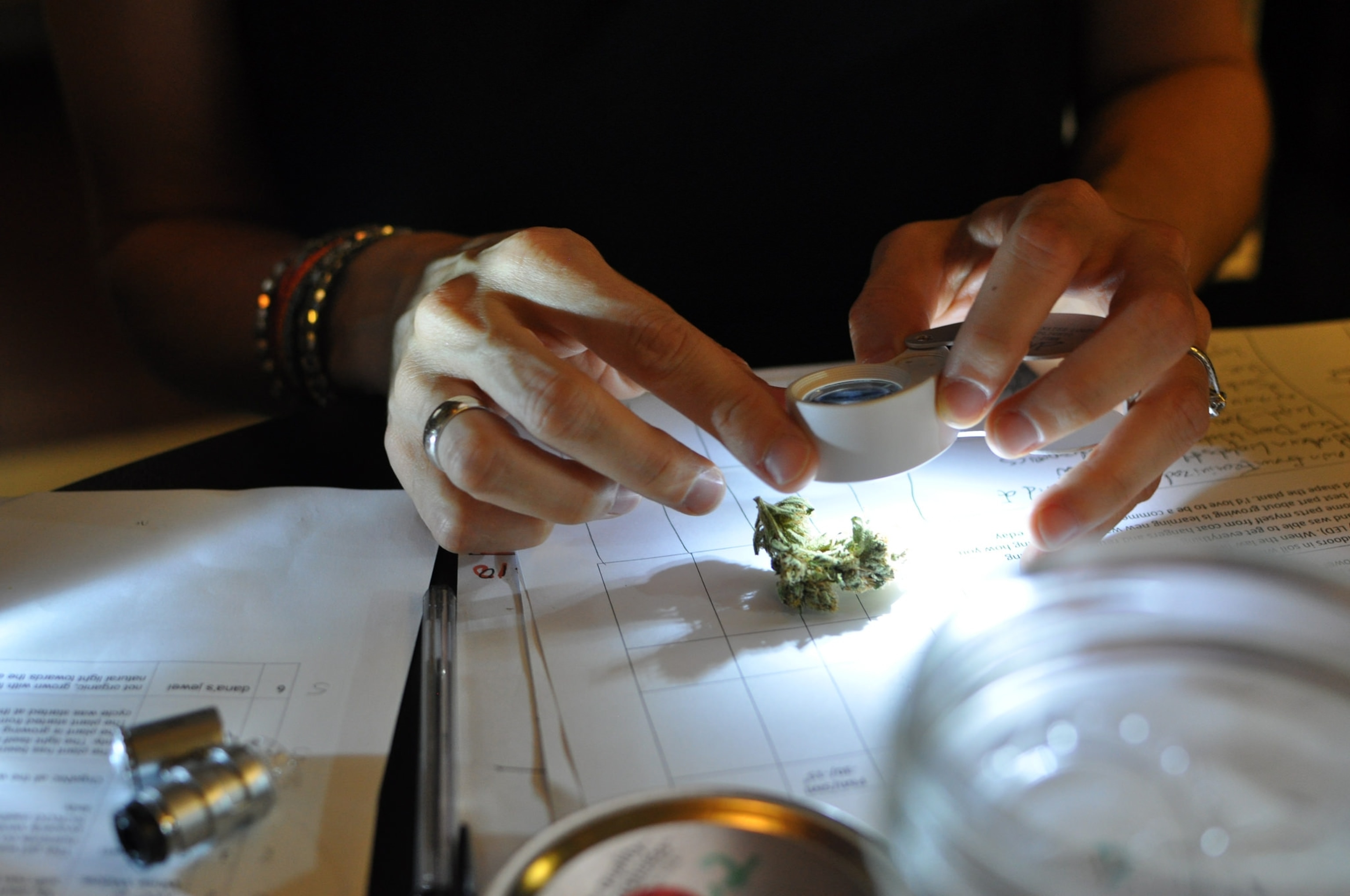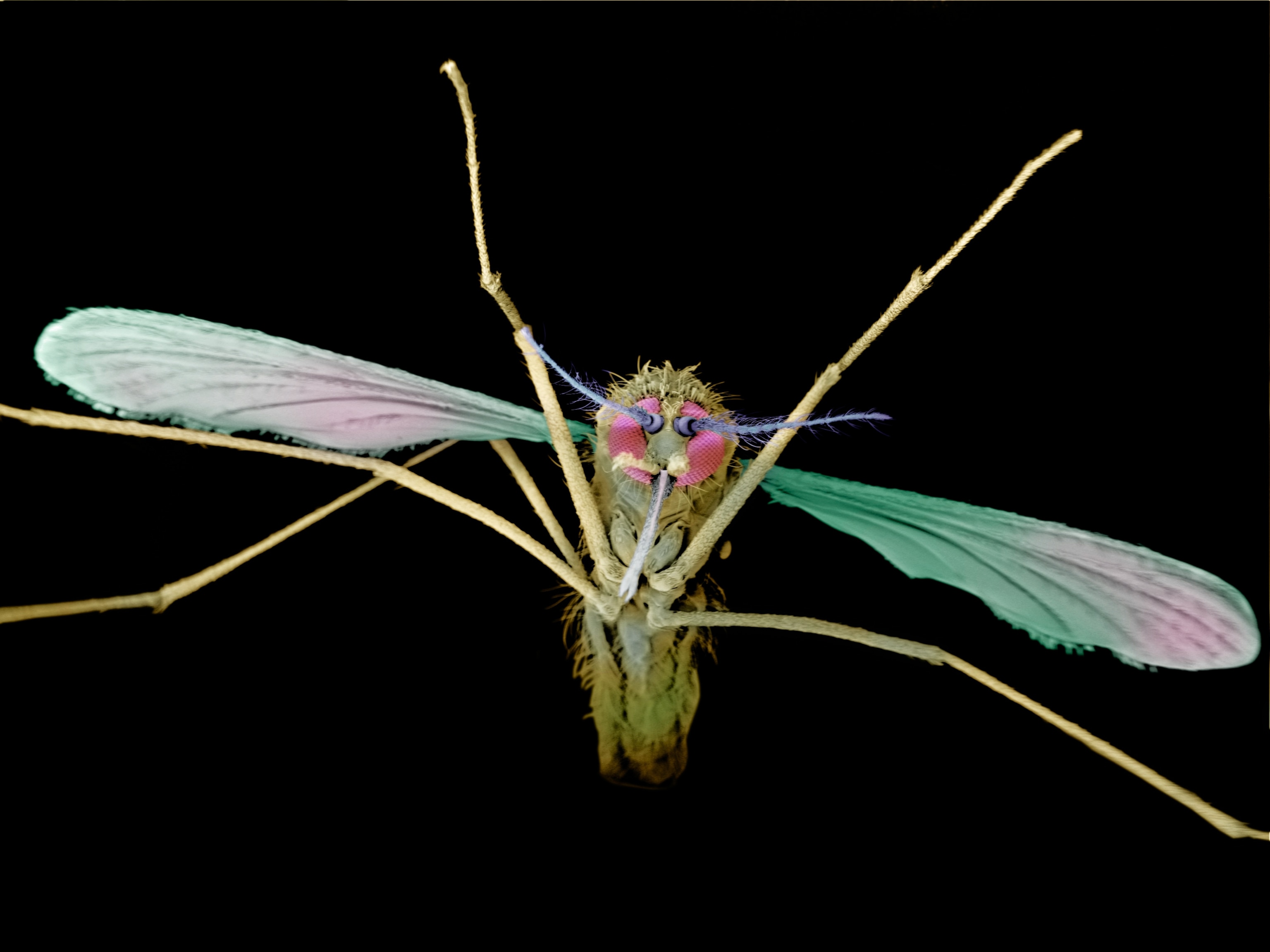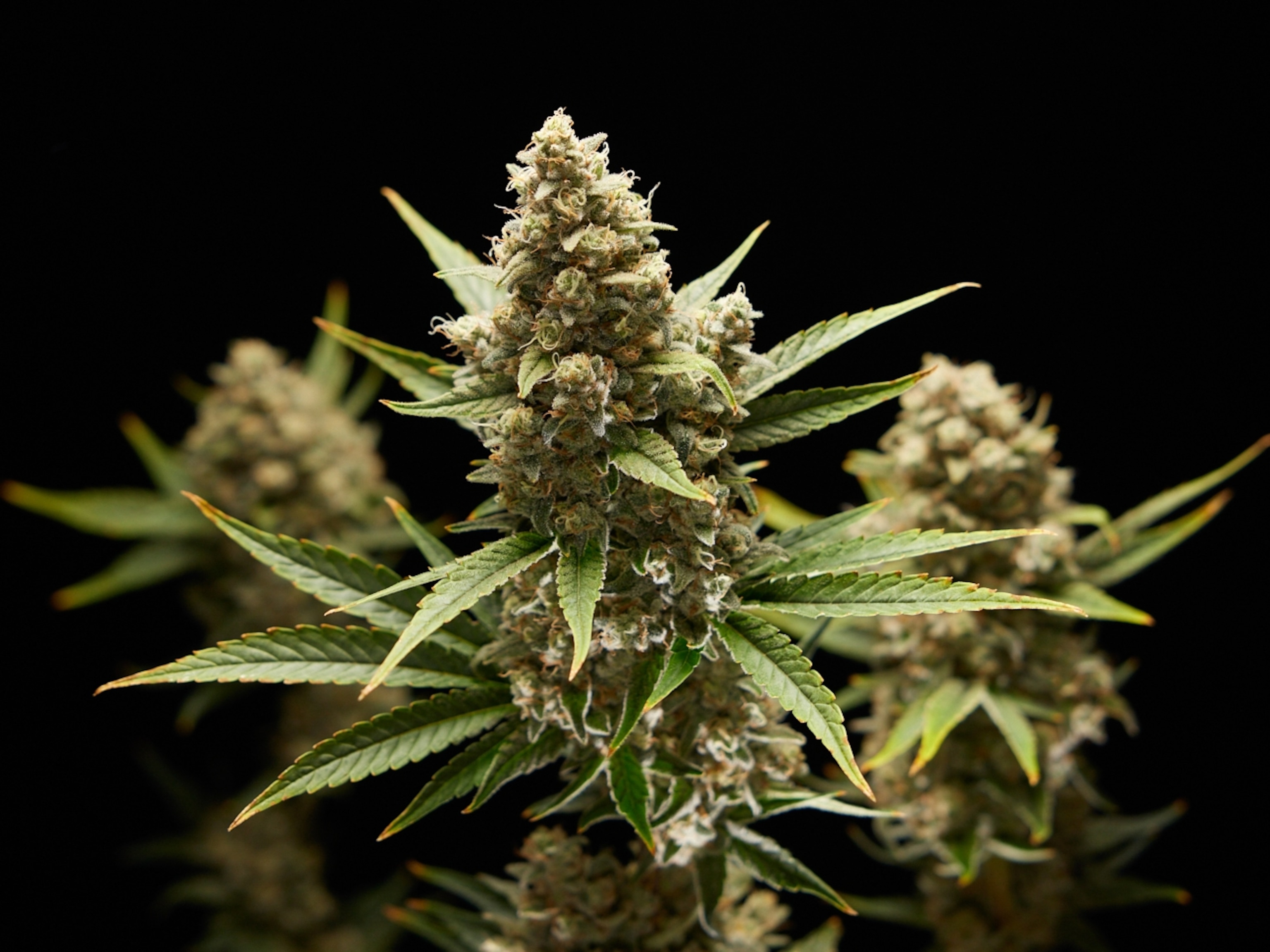
The First State Fair Marijuana-Growing Contest Could Boost Urban Farming
This past weekend history was made in Washington, D.C., but not with peace treaties or war declarations. On September 12 the DC State Fair hosted America’s first-ever state fair marijuana growing competition, solidifying Washington’s place as marijuana-policy innovator; and as an urban-agriculture and sharing-economy capital.
The Best Bud competition was a small part of the festivities, which also featured a pet parade and yoga instruction. But it brought out “people from all walks of life—I had no idea—who grow marijuana in Washington,” according to DC State Fair volunteer spokesperson Anna Tauzin.
Set aside the fact that D.C. is not a state, but a federal district; the “state fair” designation still seems appropriate, with the event showcasing regional food and agriculture. Growing marijuana has become serious hobby gardening since its legalization in D.C. in February, so it took a place in competition next to Best Home Brew and Longest Vegetable.
Congress can take some credit. Back in November, 70 percent of District voters approved legalization. But Congress, who has a say over how the city spends its money, got antsy and prohibited D.C. from spending any money on marijuana legalization. The D.C. Council and mayor shot back that no money needed to be spent to legalize, as long as D.C. had no businesses selling marijuana that needed to be regulated.
Touché. Washington implemented marijuana regulations designed to avoid the need for spending on enforcement: namely, you can grow your own marijuana plants within the interior of your principal residence and gift it to others (with limits), but you can’t buy or sell it (See U.S. Marijuana Edibles, One Year In: State of the Infusion.)
It’s the “growing inside” restriction that has invigorated interest in urban gardening, which many experts say is the future of agriculture. With limited farmable earth, finding new ways to grow food—in abandoned shopping malls with low-energy lights, or vertically on walls, for example—may be the only way to feed a planet growing to 9 billion people by 2050. Most of this research is translatable across crops and growing conditions. Transportation costs threaten food-supply security for city-dwellers, who may live hundreds or thousands of miles from where their food is grown.
D.C. for example has 650,000 residents: a little greater than Vermont in population, in a livable space that is 0.005 percent as big. So cities like D.C. are developing new ways to grow food within their densely populated limits—the Council just last year created tax incentives for urban farms. The DC State Fair itself was held on 1,000 square-foot Old City Farm, an urban produce farm on six-lane, highly trafficked Rhode Island Avenue.
City agriculture’s renaissance is evident in Let’sGrowDC!, a retail shop and education center specializing in urban gardens. A specific interest in marijuana, though, is clear—Let’sGrowDC! was the Best Bud competition’s sponsor. It had a few marijuana plants on display in a booth in the back, like the old adults-only section of a video store, although anyone was allowed to view them. Interests in marijuana growing and urban farming are cresting at the same time.
Even if/when marijuana can be sold in the District, America’s federal ban on the plant will still require that all marijuana consumed in D.C. be grown in D.C. (because transporting over state lines would instantly make it a federal issue). This would encourage still greater advances in urban agriculture because unlike states where marijuana use is legal, D.C. is entirely a city. More needs to be grown in a smaller space to meet the demands of Washington residents and the millions of adult tourists who visit each year.
But even if D.C. has no opportunity to create a retail industry, the city’s laws that marijuana can be gifted but not sold are creating a grassroots sharing economy. Sharing economies can take many forms; D.C. marijuana is becoming the classic redistribution of excess goods without selling. According to the Washington Post, Let’sGrowDC! gave away 30 clippings of marijuana plants so people could go home and plant their own. In fact, the Best Bud contest was born of the sharing economy, its inspiration coming from a classic state-fair swap. “We were prepping for our seedling swap and thought about doing a marijuana plant seedling swap. Then we thought, could we do a marijuana plant growing competition instead,” says Tauzin.
Which brings us back to the Best Bud contest. Contestants gifted samples, and entries were staggered, to stay in compliance with maximum-legal-amount laws. On the day of the Fair, a panel judged final samples based on stickiness, aroma, snap of the stem, appearance, and the story of the growing process. This last one is tricky because of DC’s so-called Immaculate Conception problem—if marijuana, including its seed, was illegal before this year, and if it’s still illegal to transport marijuana across state lines, then where did anyone get the seeds? No one spent time on this head-scratcher.
Let’sGrowDC!’s display plants at the fair had no psychoactive-THC-containing flowers on them, but it still may not be legal to have them in public. There was a “no marijuana on site” rule for the first Pot Pavilion at the Denver County Fair in 2014, which was canceled for this year. (Organizers claimed lack of interest, although the first Pot Pavilion is currently the subject of a lawsuit for people who claim they ate marijuana-infused food without consent.) For better or worse, this is how a lot of laws evolve. People do stuff that seems OK, check the response, and go from there.








